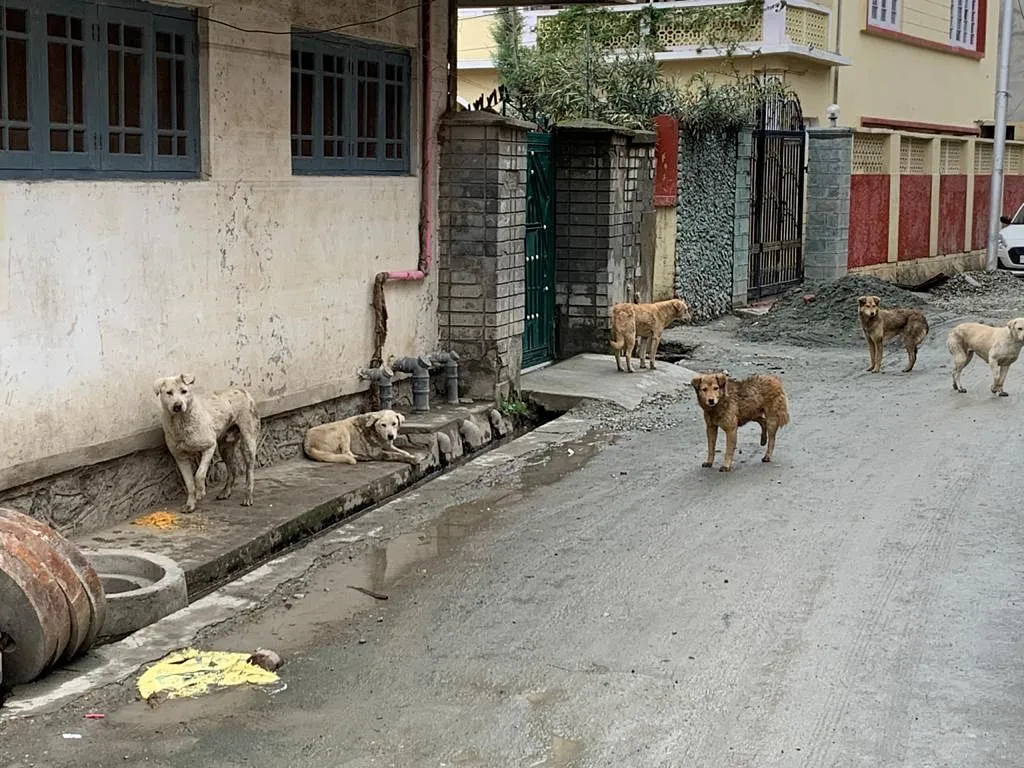Srinagar, Feb 18: The streets of the summer capital have seen a surge in the presence of beggars, causing concern among both local residents and tourists.
Despite repeated pleas from residents, authorities have seemingly turned a blind eye to this growing problem. Presence of beggars at traffic signals, markets and public places causing inconvenience to people.
These beggars, disguised in Kashmiri attire, have resorted to emotionally manipulating passersby, using newborns and young children to tug at their clothes and solicit alms. The exploitation of children for begging has become a distressing trend, with locals expressing outrage at the authorities’ apparent indifference to the issue. Beggars can be seen congregating in small groups, often including amputated individuals and carrying newborn babies accompanied by older children tasked with collecting money.
Locals suspect the existence of an organised racket behind the influx of beggars, with reports of some groups transporting them in morning and evening.
People recount distressing scenes of beggars harassing residents and tourists near diagnostic centres, eateries, and traffic signals.
“The situation has become unbearable. Everywhere you turn, there are beggars, tugging at your clothes, exploiting children for alms,” said Saleem Ahmad, a local resident. Another resident said that the exploitation of children for begging has reached alarming levels. “It’s a distressing trend that reflects the authorities’ indifference to the plight of our city,” a local shopkeeper said.
Director of Mission Vatsalya J&K Harvinder Kour told Greater Kashmir that they have identified over 500 children in the Union Territory who were primarily engaged in begging.
“Efforts are underway to rehabilitate and register these children in shelter homes”, Kour said.
She said that they have identified and registered children in the shelter homes. “We are working with different departments. We have set up task force committees in different districts. They are identifying and rehabilitating children in street situations,” she said.






